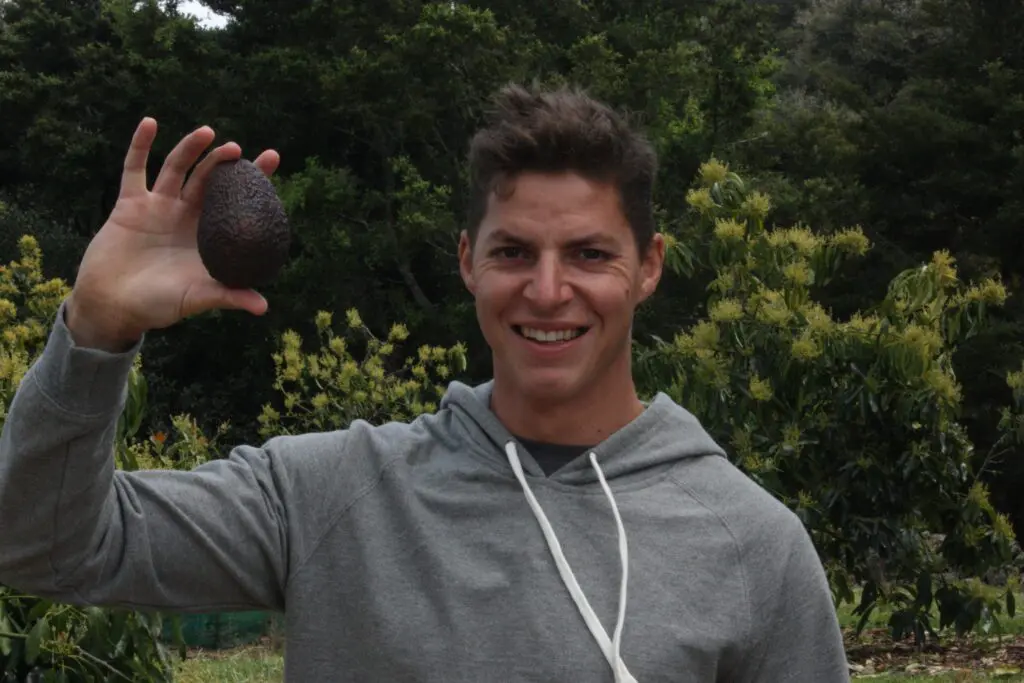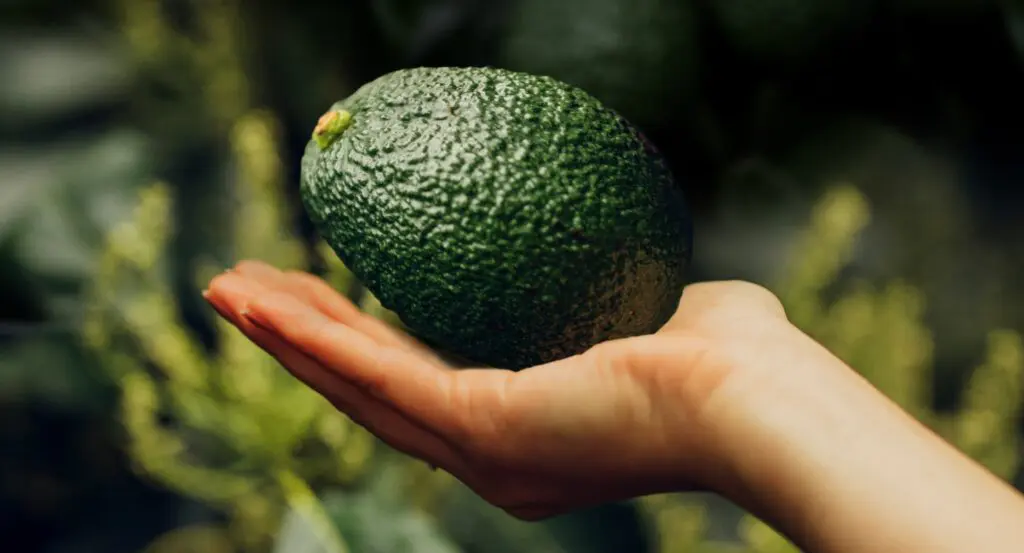Avocado tree dieback increasing in Spain
Written by Brad Siebert, Deputy CEO, NZ Avocado. This article is taken from the Spring 2022 edition of Avoscene.
Recent reporting out of Spain shows that dieback caused by fungi in the family Botryosphaeriaceae is becoming an increasingly important problem for avocado producers.
Symptoms first become visible at the ends of branches, with progressive death of tissues towards the base of the trees. Especially for younger plants or if the host is already weakened by environmental or other stress factors.
Although the disease has been present for a long time, the incidence and severity in the region are increasing steadily with many suspecting climate change as a leading factor.
In 2022, the disease became especially concerning in Spain due to the dry weather and high temperatures with levels of dieback resistance appearing to vary between the locally grown avocado varieties. Research is being carried out at the University of Malaga to establish protocols for better control of the spread of the fungus. The NZ avocado industry will stay close to the outcomes of this research to inform our own best practice around fungal disease management.
Localised dieback diseases of avocado and other fruit trees can be due to fungal species in several genera. The current disease in Spain referred to above is thought to be caused by Neofusicoccum parvum which belongs to the fungal family Botryosphaeriaceae. Neofusicoccum parvum is known to occur on a range of plant species in New Zealand across all our growing regions. Isolations of Neofusicoccum species were detected on numerous samples submitted from symptomatic trees as the industry investigated young tree dieback from 2019-2021. Fungi from the Neofusicoccum genus also have the potential to cause disease on fruits and are known to be causal agents for some of the industries post-harvest fruit rots.
These and many other fungi can be spread by wind borne spores or water splash, contaminated equipment or mechanical means, which should make growers consider the measures they take as they bring out of region equipment onto their orchard. Fungicides remain helpful in disease management if applied at early stages yet many species of fungi can survive as endophytes within the plant and emerge and cause disease when the host is exposed to external stress factors. Observing these experiences offshore reinforces the need to monitor tree health while minimising environmental stressors like wind, water and nutrient management and other disease pressures – especially in young plantings.
Search for ‘young tree die back’ on the NZ Avocado website for research and information on best practice disease management.



